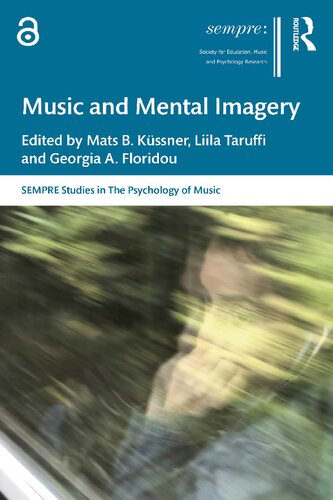

Most ebook files are in PDF format, so you can easily read them using various software such as Foxit Reader or directly on the Google Chrome browser.
Some ebook files are released by publishers in other formats such as .awz, .mobi, .epub, .fb2, etc. You may need to install specific software to read these formats on mobile/PC, such as Calibre.
Please read the tutorial at this link: https://ebookbell.com/faq
We offer FREE conversion to the popular formats you request; however, this may take some time. Therefore, right after payment, please email us, and we will try to provide the service as quickly as possible.
For some exceptional file formats or broken links (if any), please refrain from opening any disputes. Instead, email us first, and we will try to assist within a maximum of 6 hours.
EbookBell Team

4.3
58 reviewsMain subject categories: • Cognitive psychology • Psychology of music • Musical cognition • Mental imagery of music • Music
SEMPRE ‒ Society for Education, Music and Psychology Research
Drawing on perspectives from music psychology, cognitive neuroscience, philosophy, musicology, clinical psychology, and music education, Music and Mental Imagery provides a critical overview of cutting-edge research on the various types of mental imagery associated with music.
The four main parts cover an introduction to the different types of mental imagery associated with music such as auditory/musical, visual, kinaesthetic, and multimodal mental imagery; a critical assessment of established and novel ways to measure mental imagery in various musical contexts; coverage of different states of consciousness, all of which are relevant for, and often associated with, mental imagery in music, and a critical overview of applications of mental imagery in health, educational, and performance settings.
By both critically reviewing up-to-date scientific research and offering new empirical results, this book provides a unique overview of the different types and origins of mental imagery in musical contexts, various ways to measure them, and intriguing insights into related mental phenomena such as mind-wandering and synaesthesia.
This will be of particular interest for scholars and researchers of music psychology and music education. It will also be useful for practitioners working with music in applied health and educational contexts.